An if() statement means "skip this if the condition is not true".
If the condition is true, you want execution to fall-through into the if body, and if it's false you want execution to jump over the if body.
Thus, the obvious / literal way to compile an if is with a jcc on the inverse condition, like jnl. (Optimized code could certainly do much better for those highly-related if/else blocks, like subtract and conditional negate.)
If you wanted to use jl, you have to put the if-body out-of-line, maybe after the ret at the end of the function, and then jump back from it.
